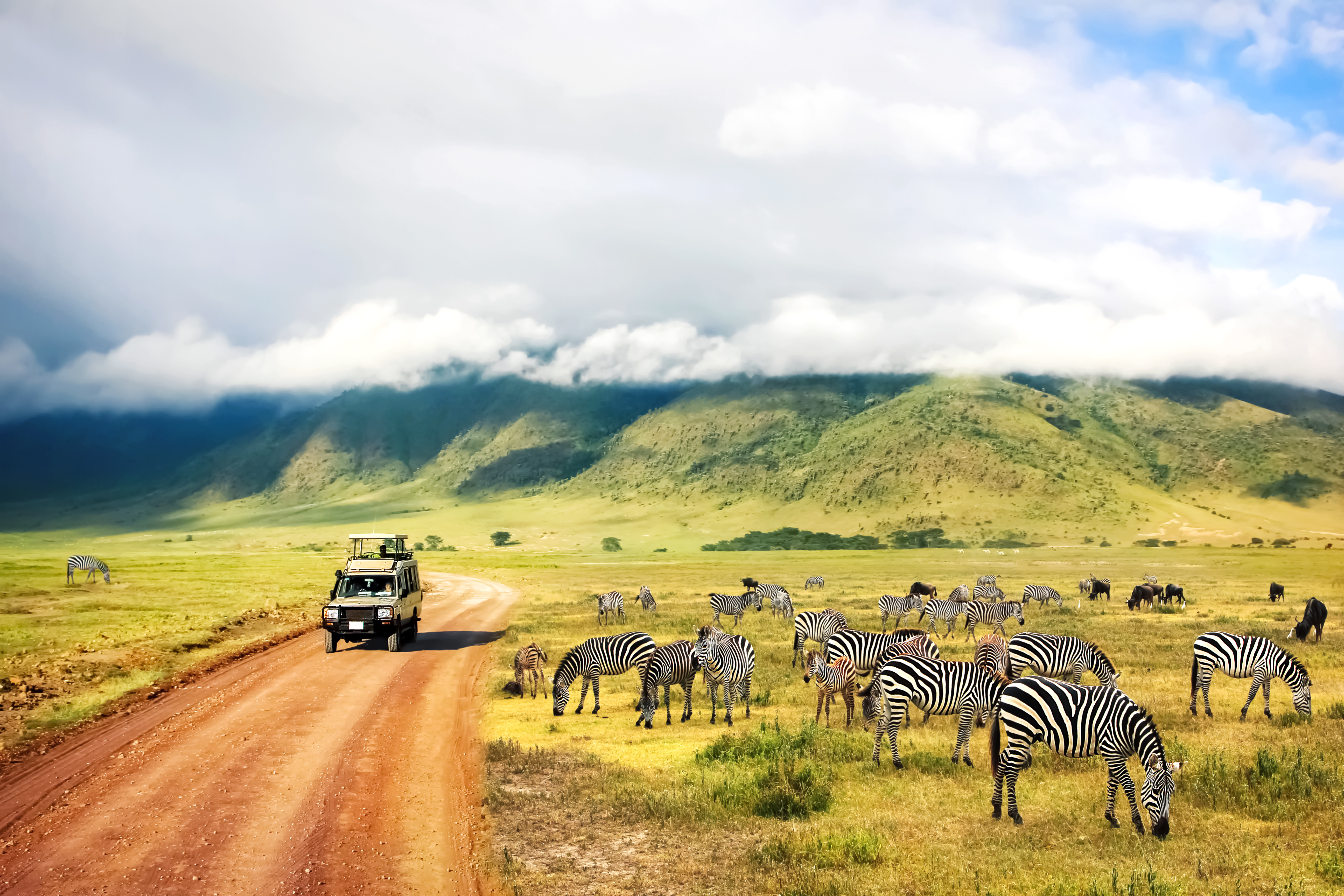
JOHANNESBURG, South Africa — Classic game drives may still deliver Big Five thrills, but a growing number of safari lodges and operators across South Africa, Namibia, Tanzania and the Republic of Congo now ask guests to do something more ambitious: leave the bush better than they found it. The movement, known as regenerative tourism, places the health of ecosystems and local communities at the heart of every itinerary, and South Africa is emerging as one of its leading laboratories.
South Africa’s Kalahari: Carbon Credits on the Red Sands
On the edge of the vast Kalahari Desert, Tswalu Kalahari Reserve has turned 270,000 acres of former cattle country into South Africa’s largest private protected area. The late British conservationist Stephen Boler established the reserve in 1995, but today it is the Oppenheimer family—long-time patrons of South African conservation—who have taken restoration to industrial scale.
Old fences that once blocked wildlife migration have been removed, native grazing herds have returned, and the reserve now runs a verified soil-carbon program. Credible Carbon, an independent auditor, has already authenticated more than 34,000 carbon units sequestered in the revitalized grasslands. Money earned from selling those credits funnels back into wildlife management, community health care and local employment, giving visitors a quantifiable way to offset their own travel emissions while watching black-maned lions prowl the dunes.
The Congo Basin: Tourism Pays for Forest Guardians
Roughly 3,000 miles north, the Republic of Congo offers a different kind of safari—one that swaps savanna for steamy jungle. Kamba African Rainforest Experiences transports small groups deep inside the Congo Basin, a tropical rainforest that sprawls across six countries and absorbs billions of tons of carbon dioxide every year. Lodge revenues support park rangers and anti-poaching patrols that safeguard endangered forest elephants, western lowland gorillas and the rainforest itself. By booking a stay, travelers help finance a living bulwark against climate change while exploring one of Earth’s most biodiverse frontiers.
Namibia: Design-Led Lodges that Double as Conservation Hubs
Namibia’s haunting landscapes—bone-white salt pans, ochre dunes and star-studded skies—have long lured photographers. O&L Leisure, which manages properties from the desert interior to the Caprivi Strip, ensures that those vistas stay pristine. At Mokuti Etosha, a lodge bordering Etosha National Park, guest fees keep anti-poaching patrols in the field and fund studies on elephants, rhinos and the bird colonies that flock to the park’s shimmering salt flats. Rebounding wildlife herds are, in turn, helping native grasses to regenerate through natural grazing patterns.
Farther north, Chobe Water Villas sits on the Chobe River where Botswana, Zambia and Namibia converge. Tourism dollars here bankroll water-quality monitoring and wetland restoration projects that allow riverine vegetation to reclaim eroded banks, stabilize soils and improve downstream flow. The result: healthier marshes for hippos and crocodiles, and richer birdlife for binocular-toting guests.
Tanzania: Slow Trekking Around Empakaai Crater
Regenerative principles also shape experiences in Tanzania’s Ngorongoro Conservation Area. Reached only on foot, Empakaai Crater remains a lush refuge of forest, grassland and an alkaline lake tinged pink by flamingos. The Highlands by Asilia operates a solar-powered camp on the crater rim, employing Maasai staff and putting a portion of every stay toward local education initiatives. Strict trekking quotas prevent overuse, allowing vegetation to rebound from earlier grazing pressure and keeping the flamingo-speckled lake in ecological balance.
Why Regenerative Safaris Matter to Travelers
Unlike traditional “leave-no-trace” tourism, regenerative travel aims for a net positive impact. That means sequestering more carbon than a trip emits, creating more wildlife habitat than it disturbs, and generating more local income than it extracts. For travelers, the upside goes beyond ethical peace of mind:
- Hands-on conservation: Many lodges invite guests to join researchers collaring elephants, planting indigenous trees or checking camera traps.
- Deeper cultural ties: Community-owned camps offer homestead visits and market tours that funnel money straight into village economies.
- Exclusive access: Small-group or walking-only policies translate into quieter sightings and a wilderness that feels truly wild.
Tips for Travelers Seeking a Regenerative Safari
- Ask for metrics. Reputable operators can quantify their contributions—whether in carbon units, school scholarships or hectares restored.
- Travel off-season. Visiting during shoulder months spreads revenue more evenly and reduces peak-season strain on wildlife.
- Stay longer, move less. Spending additional nights in one ecosystem lowers transport emissions and deepens immersion.
- Offset proactively. Even with carbon-sequestration projects on-site, international flights carry a hefty footprint. Purchase certified offsets or choose airlines with robust sustainability programs.
- Pack light, buy local. Reducing luggage weight cuts aircraft fuel burn, while regional purchases support artisans and reduce freight emissions.
FAQ: Regenerative Safaris
Is a regenerative safari more expensive?
Not necessarily. While ultra-luxury camps command premium rates, mid-tier lodges now incorporate regenerative principles without a steep surcharge.
Will I still see wildlife?
Yes. Healthier habitats often mean more abundant animals. Walking and boating safaris may replace some vehicle time, but sightings can be even richer.
How do I verify a lodge’s claims?
Look for third-party certifications from bodies such as Credible Carbon or the Global Sustainable Tourism Council, and read independent traveler reviews.
The Future of Safari Travel
As climate change accelerates, Africa’s protected areas face intensifying pressure—from droughts that parch grazing grounds to economic shocks that hollow out conservation budgets. Regenerative safaris give travelers a direct role in reversing those trends. By choosing operators committed to soil carbon, wetland rehabilitation or community stewardship, each guest becomes a stakeholder in the continent’s ecological future.
For many first-time visitors, the thrill of spotting lions or trekking beside mountain gorillas will always be the headline act. Yet the deeper story—the one written in revived grasslands, rebounding black rhinos and schoolchildren studying by solar light—may turn out to be the most rewarding souvenir of all.


